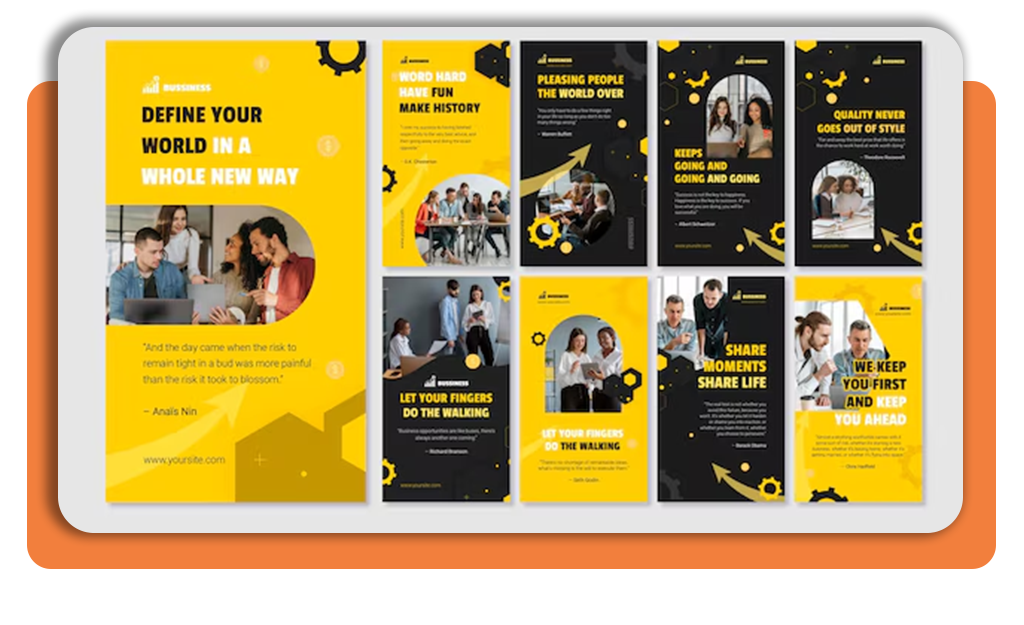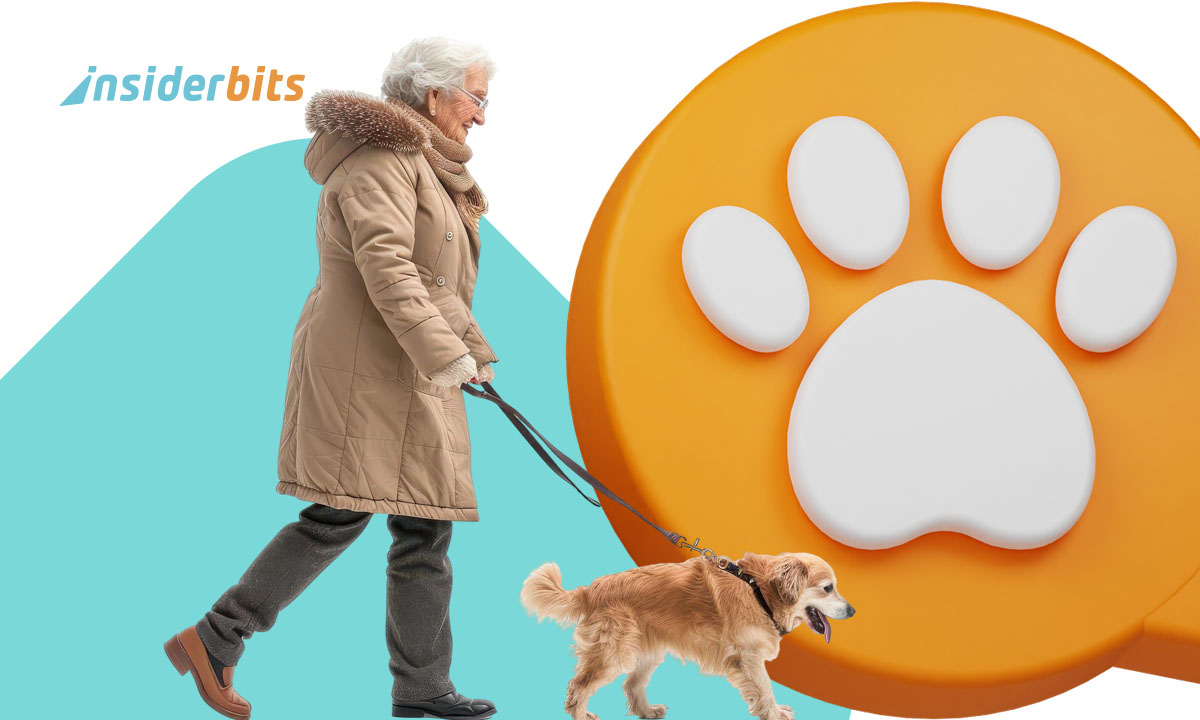A story template library is like that reliable friend who always shows up on time and never lets you post something embarrassing. Instead of stressing over a blank canvas, you already have a polished look waiting for you. This consistency matters because the human brain is wired to connect patterns. When someone swipes through endless stories, the ones that follow a structured look stand out immediately, while fragmented visuals quickly fade from memory.
For small businesses or solo creators, the challenge is rarely about creativity but about time. Having to redesign layouts each day drains energy and delays posting. With ready templates, production becomes faster, and the energy saved can be redirected toward the actual message or product being promoted. The effect is subtle, yet powerful, because consistency builds trust, while speed keeps creators active in a fast-moving digital environment.
- How to Share YouTube Video on Instagram Story
- Instagram Reel Templates: Create Professional Content in Minutes
- Free Anonymous Q&A App for Instagram
Why You Should Use Story Template Libraries for Branding
When talking about marketing, you should know that brand recognition grows stronger when visuals stay coherent, as followers do not need to guess who is behind a post.
Since the design language speaks first, even before the text, this makes the message easier to absorb and more likely to be remembered.
Nevertheless, confusion often appears when different team members create content without a shared reference.
However, if the marketing team uses a template library, it will help eliminate that friction because it provides a single source of truth that guides everyone in the same direction.
Templates also function as silent teachers inside a company. New hires or collaborators quickly adapt, since the format already shows the rules of the game.
What emerges is a brand presence that feels controlled, professional, and steady, even when many people are involved in producing content at once.

Apps That Offer Stunning Templates for Stories
Canva: AI Photo & Video Editor
Canva (iOS/Android) has become that designer’s best friend for many because it combines accessibility with a massive library of layouts that can be shaped to fit almost any brand style.
The drag-and-drop editor makes it possible to change fonts and images instantly, which lowers the entry barrier for beginners.
At the same time, advanced features like brand kits allow companies to store their own palettes and logos inside the app, ensuring every story respects brand rules automatically.
Collaboration is another strength since multiple people can edit the same project simultaneously, allowing a marketing team to brainstorm and refine designs together in real time, a feature that turns Canva into more than just a tool, but into a shared workspace.
4.9/5
Story Art: Story & Reels Maker
StoryArt (iOS/Android), on the other hand, specializes in aesthetics built specifically for platforms such as Instagram.
Its library contains elegant packs that range from minimalistic frames to seasonal themes, often enhanced with subtle animations.
For creators who want sophistication without technical complexity, this app provides a quick path to high-quality stories.
The app’s interface encourages experimentation without fear of breaking design rules because every template is already optimized for visual balance.
That makes StoryArt particularly attractive for individuals who want professional output but prefer not to spend hours learning advanced design tools.
Both apps prove you don’t need magic to look professional, just the right library that can adapt to different needs, from large teams running campaigns to solo creators posting daily updates.
4.8/5
Keeping Visual Identity Consistent Across Platforms
Cross-platform content can be a pain in the neck sometimes, because each network has its own dimensions and expectations.
However, a story template library calms that chaos with designs already set for multiple platforms. With that, creators can publish more often without the constant frustration of reformatting.
Audiences who move across multiple apps also notice when visuals remain steady. They see a similar style repeated in different spaces, and that familiarity builds stronger associations with the brand behind it.
The story looks connected. That repeated style becomes your digital signature, like handwriting people recognize instantly.
For small businesses, this kind of efficiency prevents resources from being wasted. Instead of hiring different designers for each platform, one unified library allows a leaner operation with fewer errors.
The result is a voice that feels consistent wherever it appears, which is rare in today’s crowded digital landscape.
Tips to Customize Templates Without Losing Style
To begin with, a story template should never feel like a rigid cage. See it as a starting point, not a prison cell.
Small customizations give it life while keeping the original structure intact. Changing a background color to match a seasonal campaign or inserting a company logo subtly in the corner makes the content unique while staying recognizable.
One of the easiest strategies is to adjust typography, since fonts carry personality. A modern sans-serif can make the same design look innovative, while a serif creates elegance.
The key is to apply these changes sparingly so that the main style remains familiar.
Templates also work as a foundation for storytelling. Adding branded slogans, adjusting text placement for emphasis, or using specific imagery allows creators to adapt the story to their voice while respecting visual limits.
Build Consistency with Story Template Libraries – Conclusion
Story template libraries help brands create visual habits that audiences learn to recognize, building trust, which is one of the most valuable assets in digital communication.
For teams managing heavy workloads, they save hours of back-and-forth over colors and spacing. For solo creators, they remove hesitation and make the creative process smoother, which keeps them active and consistent.
When used wisely, story templates evolve into a silent brand signature. Every post becomes a fragment of a larger identity, and audiences feel that continuity in ways that strengthen connection and loyalty.
Related: Get Paid by Instagram With the New Referrals Program
Enjoyed this article? Save the Insiderbits blog to your favorites for the latest on YouTube Premium and expert app insights!





